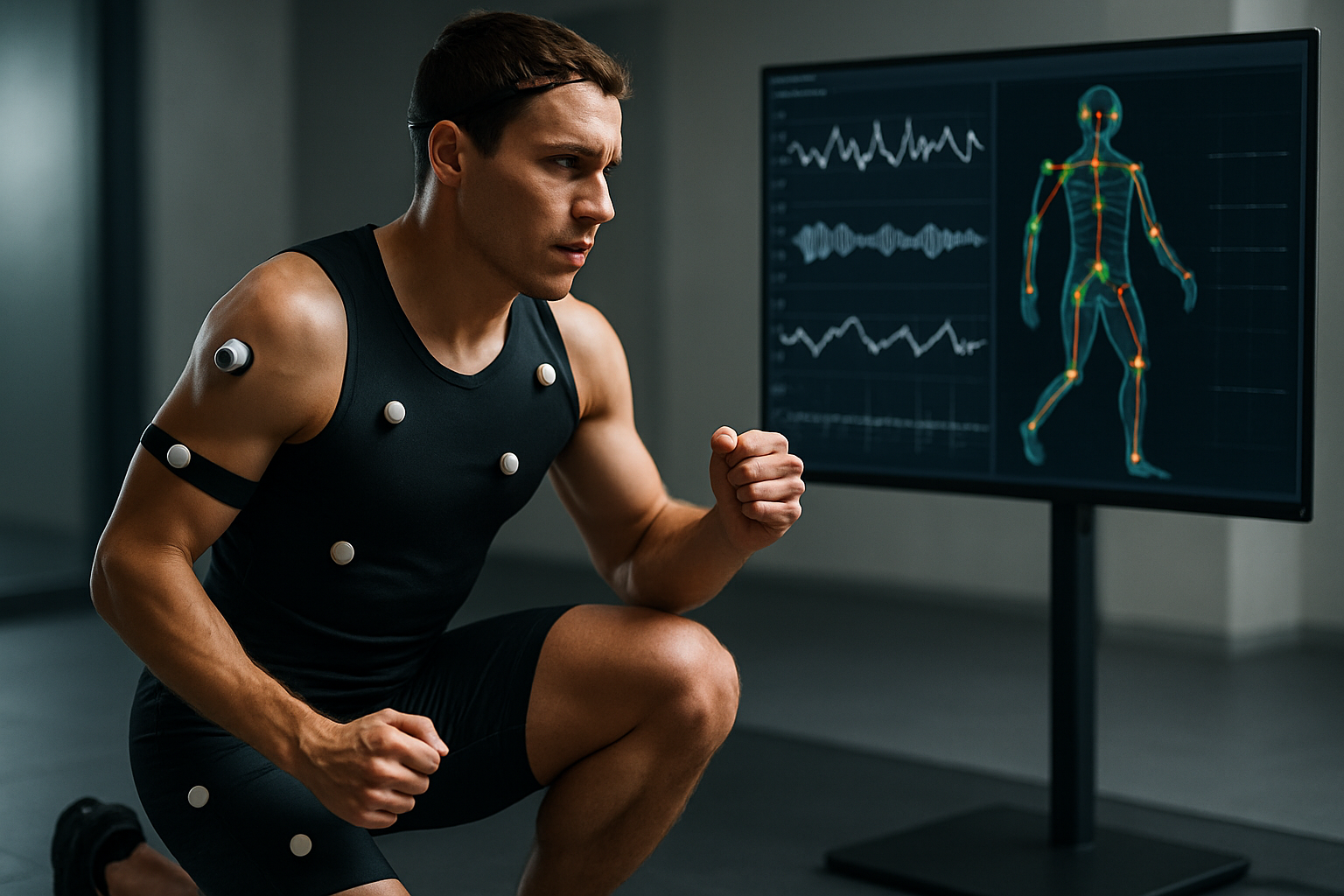Turning longitudinal performance data into individualized return-to-play plans
Longitudinal performance tracking links daily measurements to long-term trends, helping practitioners move beyond isolated tests. By combining telemetry from wearables with validated analytics, teams can build phased, individualized return-to-play plans that respect workload, recovery, and athlete wellness while aiming to reduce re-injury risk.

Longitudinal performance data captures the trajectory of an athlete’s responses to training and recovery over weeks or months. When return-to-play decisions rely on a single snapshot, they risk missing subtle changes in fatigue, readiness, or biomechanical function. A planned, data-driven approach uses repeated measures from wearables, lab tests, and subjective wellness reports to define baselines and acceptable variability before a full return. This framing supports periodization of activity and reduces guesswork while keeping medical oversight central.
This article is for informational purposes only and should not be considered medical advice. Please consult a qualified healthcare professional for personalized guidance and treatment.
How do wearables and telemetry inform return-to-play?
Wearables provide continuous telemetry that reveals day-to-day variation in movement and load. Devices that capture heart rate, inertial signals, and GPS position supply objective markers of intensity and exposure. Integrating telemetry into monitoring systems shows whether an athlete’s reintroduction to training increases load progressively or spikes suddenly. These patterns help clinicians and coaches modulate sessions so that training stress follows a planned progression aligned with the athlete’s healing timeline.
What biometric signals, including HRV, indicate readiness?
Biometrics like heart rate variability (HRV), resting heart rate, and sleep patterns reflect autonomic balance and recovery status. Consistent declines in HRV or elevated resting heart rate may signal accumulating fatigue or incomplete recovery. When combined with subjective wellness scores, biometric trends strengthen decision-making: a stable HRV baseline alongside progressive load toleration supports advancing training, while divergent biometrics suggest slowing progression or revisiting rehabilitation targets.
How can GPS and inertial monitoring shape workload decisions?
GPS and inertial sensors quantify external workload—distance, sprint efforts, change-of-direction counts, and accelerations. Comparing current metrics to longitudinal baselines clarifies how much external stress the athlete is tolerating. Rehabilitation protocols can prescribe incremental increases in specific movement demands (e.g., accelerations) and use inertial measures to validate that drills replicate sport-specific loads without exceeding tolerance thresholds that correlate with reinjury or setback.
How should recovery and fatigue be monitored during periodization?
Recovery and fatigue are dynamic; monitoring should combine objective and subjective inputs. Daily wellness surveys, sleep tracking, and biomarkers create a composite view that guides micro- and meso-cycle adjustments in periodization. If fatigue metrics trend upward during a reconditioning block, practitioners can reduce volume or intensity and prioritize recovery modalities. The goal is to align physiological readiness with the planned training dose rather than forcing athletes through rigid schedules.
How do analytics and validation refine individualized plans?
Analytics turn raw telemetry and biometrics into actionable indicators—trend slopes, variability thresholds, and readiness scores. Validation is essential: models should be tested against clinical outcomes and refined using local data. By validating analytics with historical player recoveries and re-injury records, teams can tune sensitivity and specificity for their population. This iterative validation increases confidence that algorithmic flags match meaningful clinical states and supports individualized thresholds rather than one-size-fits-all rules.
How do wellness, training, and workload interact in a monitored plan?
A successful return-to-play plan integrates wellness reports, prescribed training progression, and objective workload monitoring. Training sessions should be periodized: gradual increases in volume and intensity with planned recovery, guided by telemetry and biometrics. Monitoring ensures that the actual external and internal load delivered aligns with the intended prescription. When discrepancies emerge—such as unexpected spikes in workload or persistent fatigue—plans are adjusted to prioritize tissue healing and long-term performance sustainability.
Conclusion Turning longitudinal performance data into individualized return-to-play plans requires layered monitoring, validated analytics, and coordinated periodization. Wearables and telemetry supply objective workload measures while biometrics and wellness data track internal response. Validating indicators within the local athlete population helps translate trends into thresholds for progression or pause. Framing return-to-play as an iterative, data-informed process preserves athlete health and creates clearer milestones for staged reintegration into sport.





